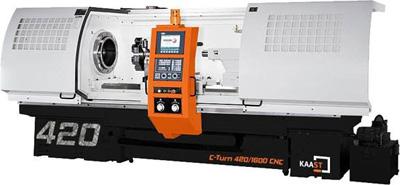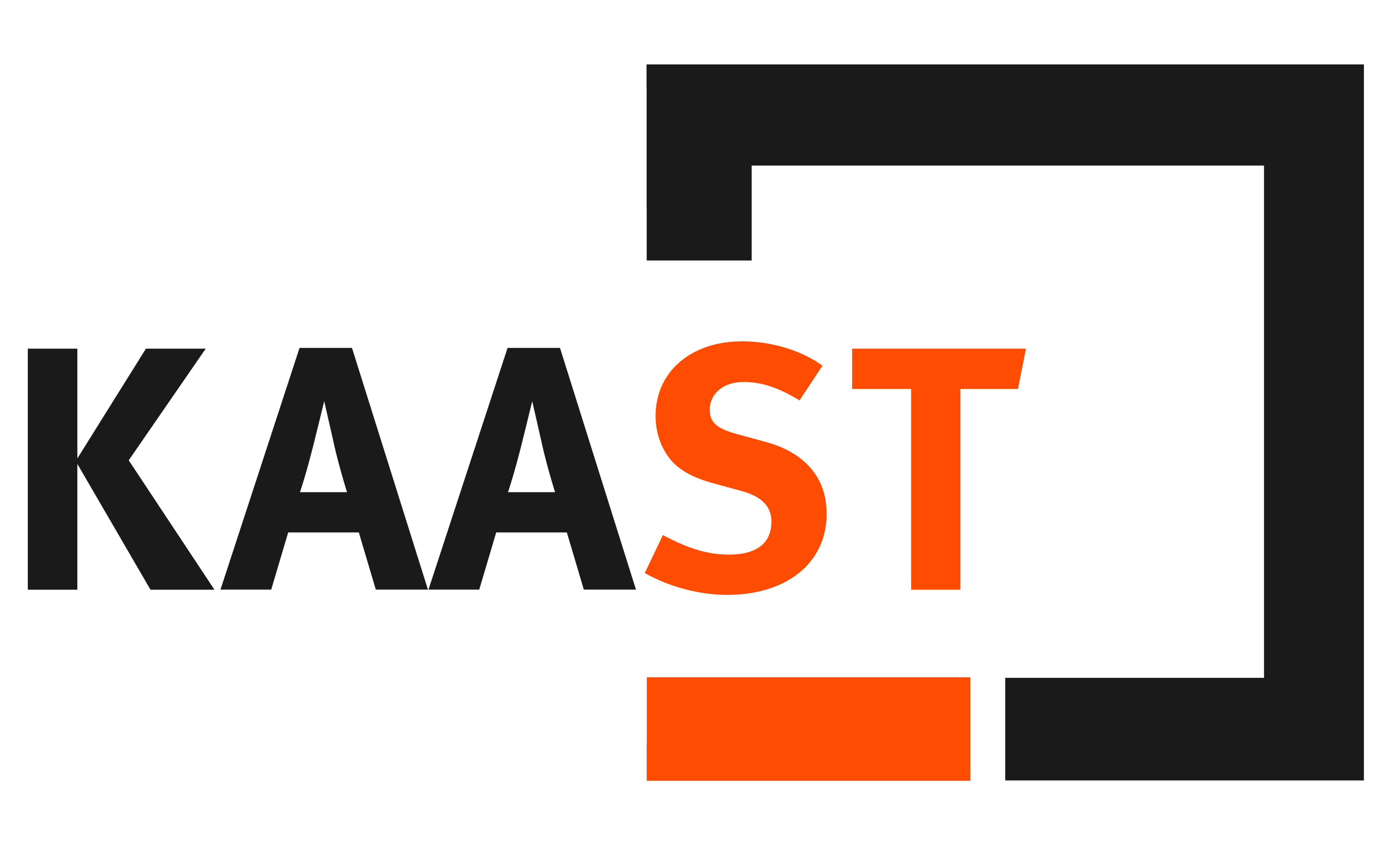
High-performance CNC lathes are available from Kaast Machine Tools with a large spindle bore (6", 9", 12" or 14") and double chuck system. Swings are available from 18" up to 51" with lengths from 40" to 244". Spindle motor range from 7.5Hp to 60Hp. They are carefully crafted with accuracy and high-performance in mind, according to the company. Even a standard machine is exceptional in that the user does not need to have previous knowledge of CNC programming or G-code background.
These machines are very user-friendly. The headstock is manufactured from thick wall and heavily ribbed casting to provide a smooth and quiet turning machine. All gears and shafts are precisely hardened and ground for their best performance. The main spindle is precision machined and ground from large one-piece forging allowing spindle speeds up to 3,100rpm. The bed is made of high grade Meehanite cast iron with maximum stability to absorb cutting forces and dampen vibrations. The bedways are hardened and precision ground (HRC 55-60).
All slide ways and drive elements are automatically lubricated. The undersides of the saddle as well as cross slide are coated with Turcite-B to ensure accuracy and long life to use. The optional automatic tool changing systems H4, V8 or V12 Turret) provide high performance and high productions with flexible and accurate tooling, which is reportedly optimized to meet the most demanding job schedule.
Contact Details
Related Glossary Terms
- chuck
chuck
Workholding device that affixes to a mill, lathe or drill-press spindle. It holds a tool or workpiece by one end, allowing it to be rotated. May also be fitted to the machine table to hold a workpiece. Two or more adjustable jaws actually hold the tool or part. May be actuated manually, pneumatically, hydraulically or electrically. See collet.
- computer numerical control ( CNC)
computer numerical control ( CNC)
Microprocessor-based controller dedicated to a machine tool that permits the creation or modification of parts. Programmed numerical control activates the machine’s servos and spindle drives and controls the various machining operations. See DNC, direct numerical control; NC, numerical control.
- turning
turning
Workpiece is held in a chuck, mounted on a face plate or secured between centers and rotated while a cutting tool, normally a single-point tool, is fed into it along its periphery or across its end or face. Takes the form of straight turning (cutting along the periphery of the workpiece); taper turning (creating a taper); step turning (turning different-size diameters on the same work); chamfering (beveling an edge or shoulder); facing (cutting on an end); turning threads (usually external but can be internal); roughing (high-volume metal removal); and finishing (final light cuts). Performed on lathes, turning centers, chucking machines, automatic screw machines and similar machines.
- turning machine
turning machine
Any machine that rotates a workpiece while feeding a cutting tool into it. See lathe.

